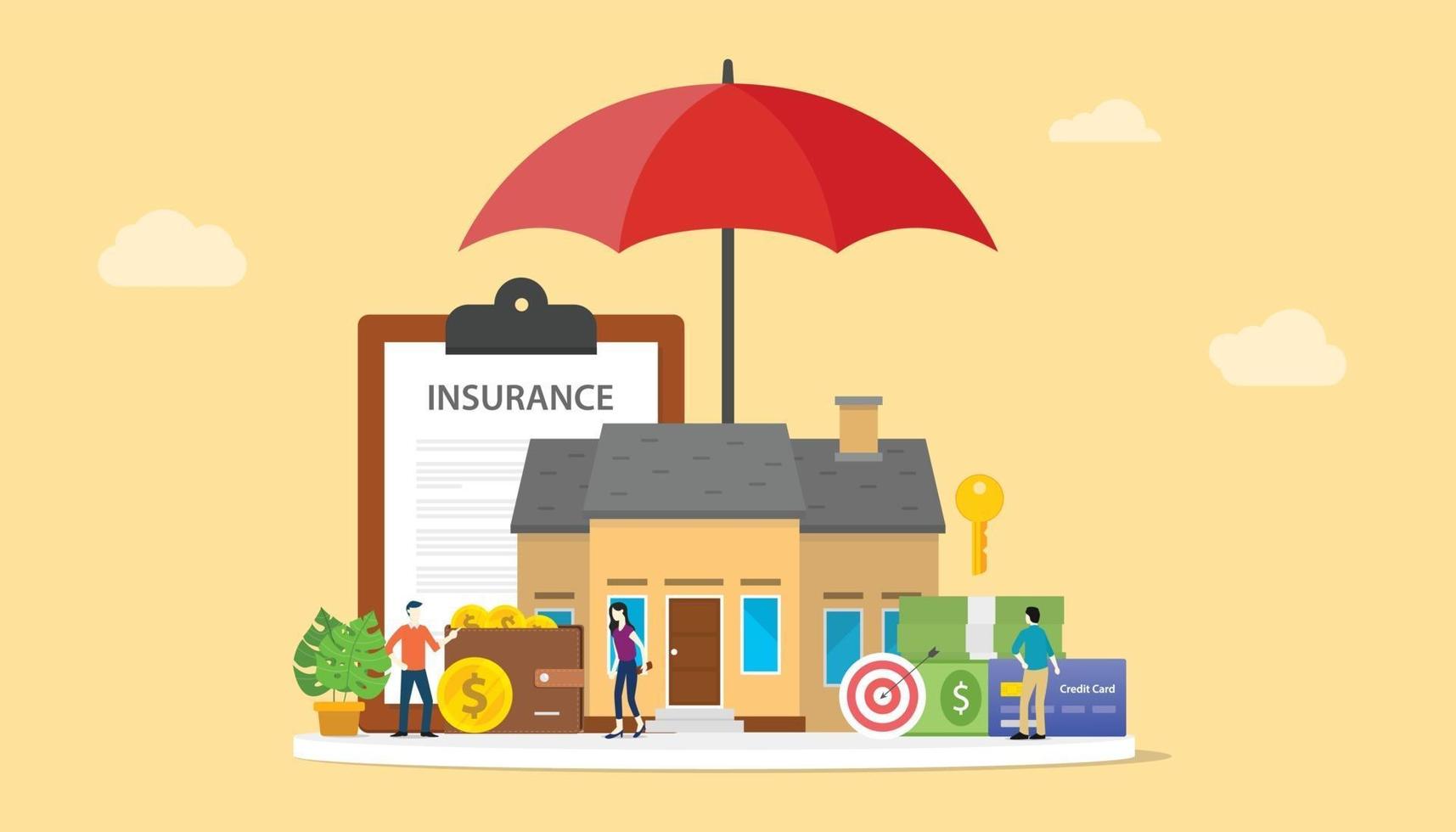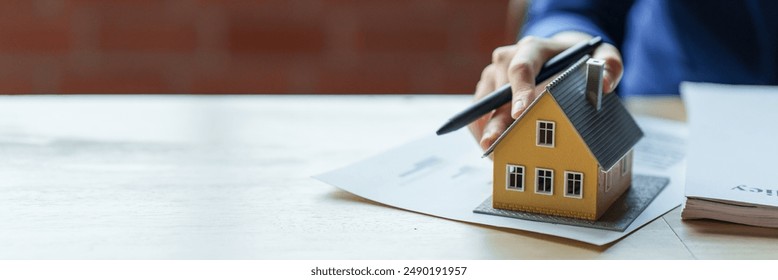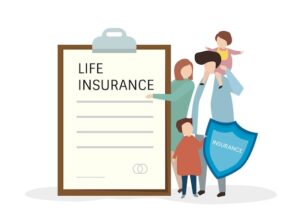Property is often one of our most significant investments, whether it’s a home, a rental unit, or a business establishment. Protecting this investment from unforeseen events is paramount, and that’s where property insurance comes in. This guide will delve into the world of property insurance, explaining its importance, the various types available, and how to secure the best coverage for your valuable assets. Understanding property insurance is not just about compliance; it’s about safeguarding your financial future and ensuring peace of mind.

Understanding Property Insurance
At its core, property insurance is a contract between you and an insurer that protects your property against financial losses resulting from damage or theft. In exchange for regular premium payments, the insurance company agrees to compensate you for covered losses, up to the policy limits. This financial protection is crucial because property damage can be incredibly costly, whether it’s from natural disasters like fires or storms, or from other perils such as vandalism or theft. Without adequate property insurance, you would be solely responsible for these expenses, which could lead to significant financial hardship or even ruin. It provides a vital safety net, allowing you to rebuild or replace your property without depleting your savings or incurring substantial debt.
Types of Property Insurance
Property insurance isn’t a one-size-fits-all solution; it encompasses several specialized types, each designed to address the unique risks associated with different kinds of property. Understanding these distinctions is key to choosing the right coverage.
Homeowners Insurance
Homeowners insurance is perhaps the most common type of property insurance, designed to protect your primary residence and personal belongings from a wide range of perils, including fire, theft, vandalism, and certain natural disasters. It typically includes several components:
•Dwelling Coverage: Protects the physical structure of your home.
•Other Structures Coverage: Covers detached structures on your property, such as garages or sheds.
•Personal Property Coverage: Protects your belongings, both inside and outside your home.
•Loss of Use Coverage: Provides living expenses if your home becomes uninhabitable due to a covered loss.
•Liability Coverage: Protects you financially if someone is injured on your property and you are found responsible.
Homeowners policies often have different forms (e.g., HO-3, HO-5) that offer varying levels of coverage, with HO-5 being the most comprehensive.
Renters Insurance
For those who rent their homes, renters insurance is an essential, yet often overlooked, form of property insurance. While your landlord’s insurance covers the building itself, it does not protect your personal belongings. Renters insurance provides coverage for your possessions against perils like fire, theft, and vandalism. It also typically includes liability coverage, protecting you if someone is injured in your rented space, and additional living expenses if your rental becomes uninhabitable. It’s an affordable way to safeguard your personal property and financial well-being.
Landlord Insurance
If you own property that you rent out to others, landlord insurance (also known as rental property insurance) is crucial. This policy is designed to protect the physical structure of your rental property, as well as any appliances or furnishings you provide. It also includes liability coverage in case a tenant or visitor is injured on the property. Unlike homeowners insurance, it does not cover the tenant’s personal belongings, which is why renters insurance is so important for tenants. Landlord insurance can also offer coverage for loss of rental income if the property becomes uninhabitable due to a covered event.
Commercial Property Insurance
Businesses, regardless of their size, rely on commercial property insurance to protect their physical assets. This includes the building itself, inventory, equipment, furniture, and other business-related property. Commercial property insurance can cover losses from fire, theft, natural disasters, and other specified perils. It’s a vital component of a comprehensive business insurance portfolio, ensuring that a business can recover quickly from unexpected events and continue its operations.
Each type of property insurance is tailored to specific ownership and usage scenarios, providing targeted protection against relevant risks.

Factors Affecting Property Insurance Premiums
The cost of property insurance can vary significantly based on a multitude of factors. Understanding these elements can help you anticipate your premiums and potentially take steps to reduce them.
Location of the Property
The geographical location of your property is a primary determinant of your insurance premiums. Properties in areas prone to natural disasters, such as hurricanes, earthquakes, floods, or wildfires, will typically have higher insurance costs due to the increased risk of damage. Even within a city, factors like crime rates and proximity to fire hydrants or fire stations can influence premiums.
Age and Condition of the Property
Older homes may have outdated plumbing, electrical systems, or roofing, which can increase the risk of claims. As a result, they often come with higher insurance premiums. The overall condition and maintenance of your property also play a role; a well-maintained home with updated systems is generally less risky to insure than one in disrepair.
Construction Materials
The materials used to construct your property can impact its susceptibility to damage and, consequently, your insurance costs. For instance, homes built with fire-resistant materials may qualify for lower premiums. Similarly, properties constructed to withstand specific natural perils (e.g., hurricane-resistant windows) might also receive discounts.
Claims History
Your personal claims history, as well as the claims history of the property itself, can influence your premiums. A history of frequent claims, even minor ones, can signal a higher risk to insurers, leading to increased rates. Some insurers also consider the claims history of previous owners of the property.
Deductible Amount
The deductible is the amount you pay out-of-pocket before your insurance coverage kicks in. Choosing a higher deductible typically results in lower monthly or annual premiums. However, it means you will bear a greater financial burden in the event of a claim. It’s a trade-off between lower premiums and higher out-of-pocket costs.
Coverage Amount and Type
The amount of coverage you purchase directly affects your premium. Higher dwelling coverage limits, more extensive personal property coverage, or additional endorsements for specific perils will increase your costs. The type of policy (e.g., HO-3 vs. HO-5 for homeowners) also plays a role, with more comprehensive policies generally being more expensive.
Security Features
Installing security systems, smoke detectors, carbon monoxide detectors, and deadbolt locks can often lead to discounts on your property insurance premiums. These features reduce the risk of theft or damage, making your property more attractive to insurers.
Credit Score
In many states, your credit score can influence your property insurance rates. Insurers use credit-based insurance scores as a predictor of how likely you are to file a claim. A higher credit score often translates to lower premiums.
By understanding these factors, you can make informed decisions about your property and your policy to potentially lower your insurance costs.

Tips for Finding Affordable Property Insurance
Securing adequate property insurance doesn’t have to break the bank. By implementing a few smart strategies, you can often find comprehensive coverage at a more affordable price. The key is to be proactive, compare options, and understand how to leverage discounts.
Shop Around and Compare Quotes
This is arguably the most effective way to find affordable property insurance. Don’t settle for the first quote you receive. Different insurance companies have varying underwriting guidelines, pricing models, and discount structures. Obtain home insurance quotes or renters insurance quotes from at least three to five different providers. Utilize online comparison tools, work with independent insurance agents who can shop multiple carriers for you, or contact companies directly. Be sure to compare apples to apples, ensuring that the coverage limits, deductibles, and perils covered are similar across all quotes.
Increase Your Deductible
As discussed, the deductible is the amount you pay out-of-pocket before your insurance coverage begins. Opting for a higher deductible will significantly lower your annual premiums. However, ensure you have sufficient funds readily available to cover this higher deductible in case you need to file a claim. It’s a balance between lower monthly costs and potential out-of-pocket expenses.
Bundle Your Policies
Many insurance companies offer multi-policy discounts when you purchase more than one type of insurance from them. For example, bundling your homeowners insurance with your auto insurance can lead to substantial savings on both policies. If you have other insurance needs, such as life insurance or umbrella policies, inquire about bundling opportunities.
Improve Home Security and Safety
Making your property safer can lead to discounts. Install security systems, smoke detectors, carbon monoxide detectors, and deadbolt locks. Some insurers offer discounts for homes with fire sprinklers or those located in communities with professional fire departments. Reinforcing your home against specific perils, such as hurricane-resistant windows or a new roof, can also result in lower premiums.
Maintain a Good Credit Score
In many states, your credit-based insurance score is a factor in determining your premiums. A higher credit score often indicates financial responsibility and can lead to lower insurance rates. Pay your bills on time, manage your debt, and regularly check your credit report for accuracy.
Ask About Available Discounts
Beyond bundling and security, inquire about other potential discounts. These can include discounts for being a loyal customer, having a claim-free history, being a non-smoker, or even for certain professions or affiliations. Some insurers offer discounts for homes that are newly built or have recently undergone significant renovations.
Review Your Policy Annually
Your insurance needs and the market can change. Review your policy at least once a year to ensure your coverage still meets your needs and that you’re getting the best possible rate. Life events, such as home renovations, changes in personal property value, or even changes in local crime rates, can impact your insurance needs and costs.
By diligently applying these tips, you can effectively manage your property insurance costs while ensuring your valuable assets remain well-protected.

Conclusion
Property insurance is an indispensable tool for safeguarding your most valuable assets and ensuring your financial security. Whether you own a home, rent an apartment, or manage a commercial enterprise, understanding the various types of coverage, the factors that influence premiums, and strategies for finding affordable options is crucial. By being proactive in your research, comparing quotes, and taking steps to mitigate risks, you can secure a policy that provides comprehensive protection without undue financial burden. Investing in the right property insurance is not just a smart financial decision; it’s an investment in your peace of mind and the stability of your future.



